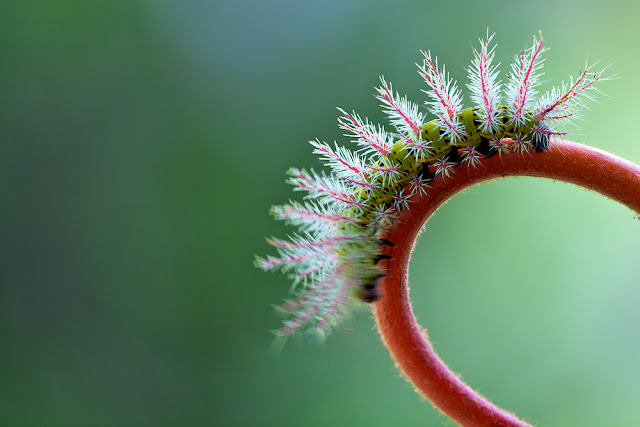 |
After the Sunset - Crex Meadows, WI
Canon 5D MarkII + 30L f2.8IS L - 8 second exposure @ f18
A Shot Purely for Fun... |
“Did you do it for Love? Did you do it for money? Did you do it for spite? Did you think you had to honey?” (© EAGLES - Long Run)
 |
Yellowstone in Black and White
Canon 5D Mark II + 50mm f1.4 @ f16 |
Amateur - “Lover of” ...from the Latin amatorem nom. amator, “lover.” It is a word with no shame, yet viewed with disdain by those who are. Strive as we may, we are not professional photographers ...so why pretend? You are no less an image maker than one who derives an income from the craft. In fact, it is likely that you, passionate about this discipline, are more of a photographic artist than those who shoot for money. The amateur can choose his or her subject, pursue a goal and immerse themselves fearlessly. In contrast the pro, eking out an meager income, is often forced to photograph the mundane, work from recipe, and beholden to a client. According to “The PayScale Report” (May 2010), the average starting professional photographer makes between $25,000 and $37,500 annually. With experience comes a raise, but when the twenty-year photographer makes between $28,000 and $60,000 per year, one has to wonder if it’s so bad being an amateur.
 |
Foggy Morning on Clearwater Lake - Ontario, Canada
Canon 40D + 100-400IS f4.5L @ 350mm |
We amateurs can shoot for love and be passionate about our art. We are free from the hassles of a business and don’t need to balance the books to shoot another day.
Tip 13: Shoot it for Love, Make your Art, Embrace your inner Amateur
©2000-2012 BTLeventhal.com / Bruce & Tamy Leventhal. All rights reserved. No image on this site may be used without permission.



























